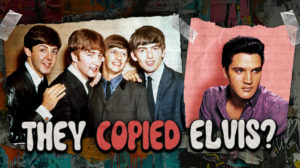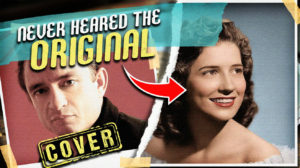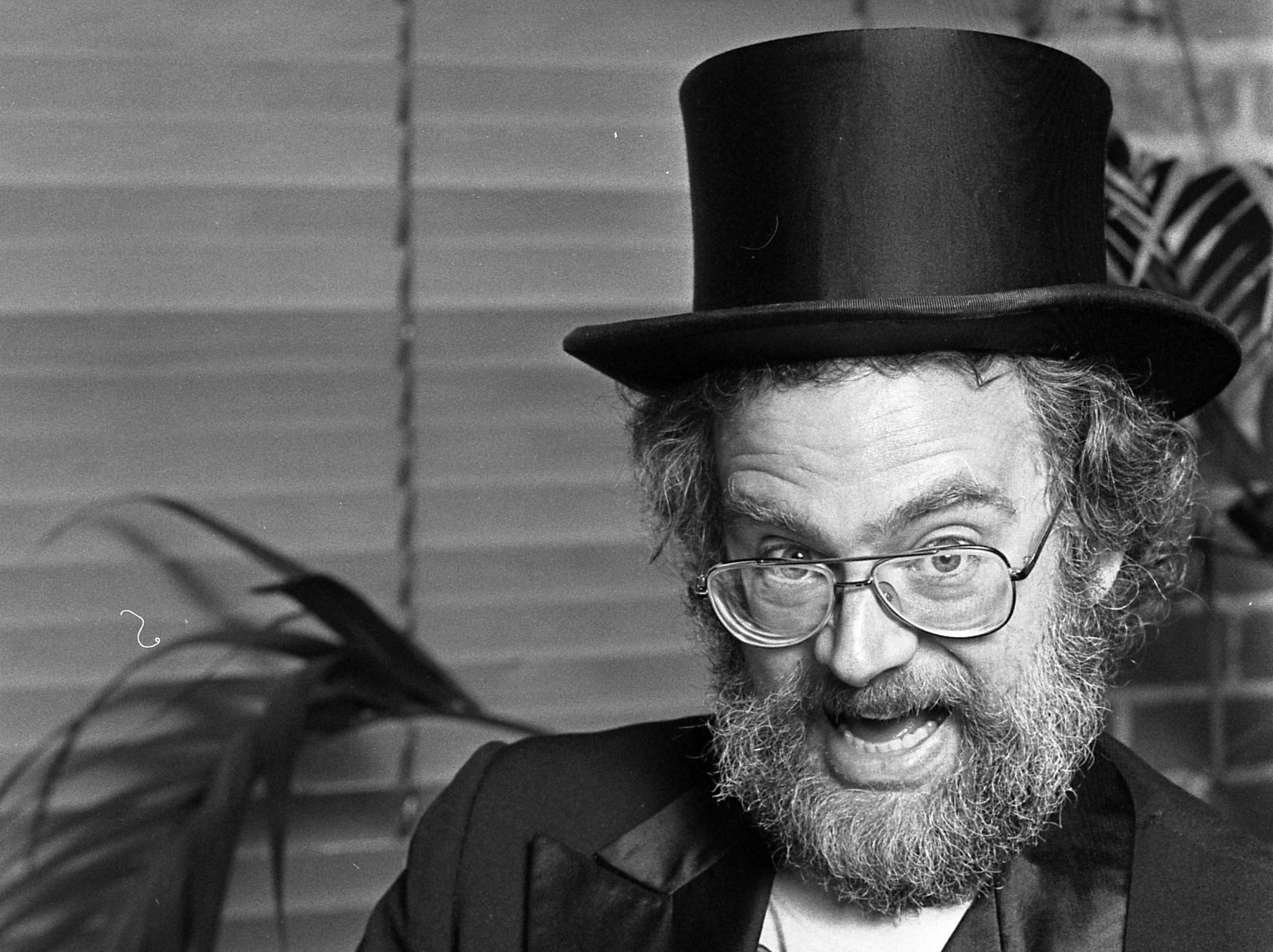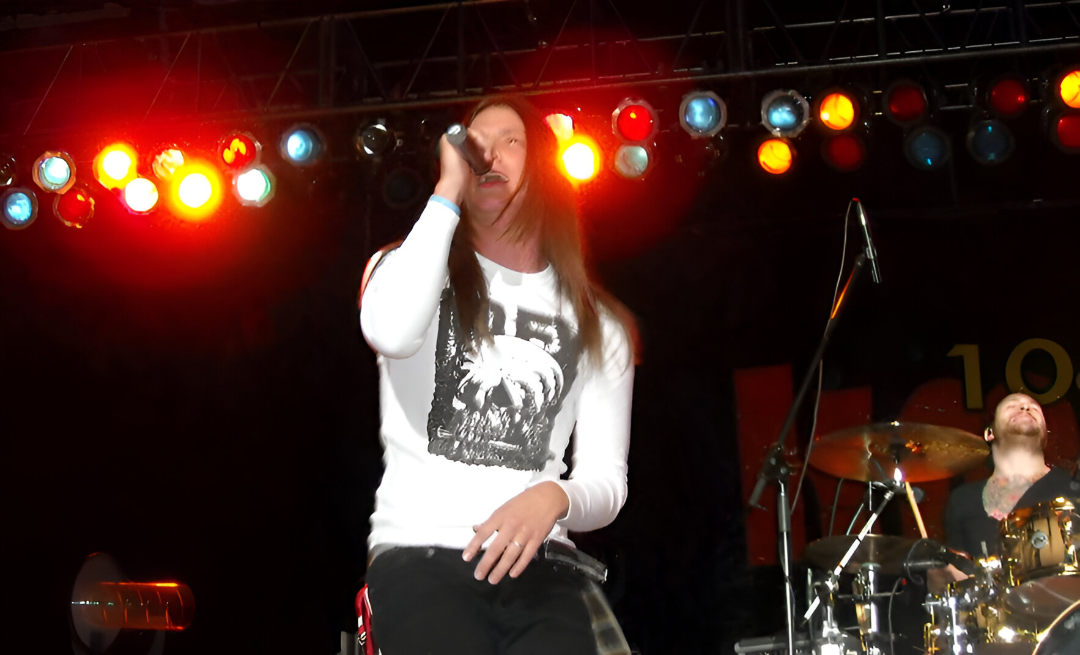
Discover 27 iconic songs you thought were originals but were actually covers. From “I Love Rock and Roll” to “Ring of Fire”, these tracks prove that sometimes the most famous version isn’t the first. Each song on this list became a hit because the right artist, production, or cultural moment transformed it into something unforgettable.
27. Barbara Ann – The Beach Boys

The Regents, a doo-wop group, created this party anthem in 1961, but The Beach Boys‘ 1965 version became the summer smash that defined California beach culture. Their trademark harmonies and surf-rock energy transformed a regional doo-wop hit into a national phenomenon that still soundtracks beach parties decades later. The transformation shows how the right group can make songs synonymous with entire lifestyles.
26. You Raised Me Up – Josh Groban

Secret Garden, an Irish-Norwegian duo, originally performed this inspirational anthem, but Josh Groban’s version amplified its reach into mainstream culture. The song’s message of uplift and spiritual strength has inspired countless reinterpretations across languages and cultures. Choirs worldwide have embraced it, and its translation into multiple languages proves music’s power to transcend cultural barriers.
25. War – Edwin Starr

The Temptations recorded this Motown masterpiece in 1969, but label executives worried about the political implications of their biggest stars releasing such a direct anti-war statement. Enter Edwin Starr, whose 1970 version unleashed the song’s full fury without corporate restraint. His raw, urgent delivery turned a great song into a cultural earthquake that defined protest music for generations.
24. Bette Davis Eyes – Kim Carnes

Jackie DeShannon recorded this tribute to Hollywood glamour in 1974 as a pop ballad, but Kim Carnes‘ 1981 version added that distinctive 80s synth production that made it irresistible. Carnes’ unique vocal delivery and the song’s electronic arrangement created a sound that perfectly captured early-80s radio culture while celebrating timeless movie star mystique.
23. Living Next Door to Alice – Smokie
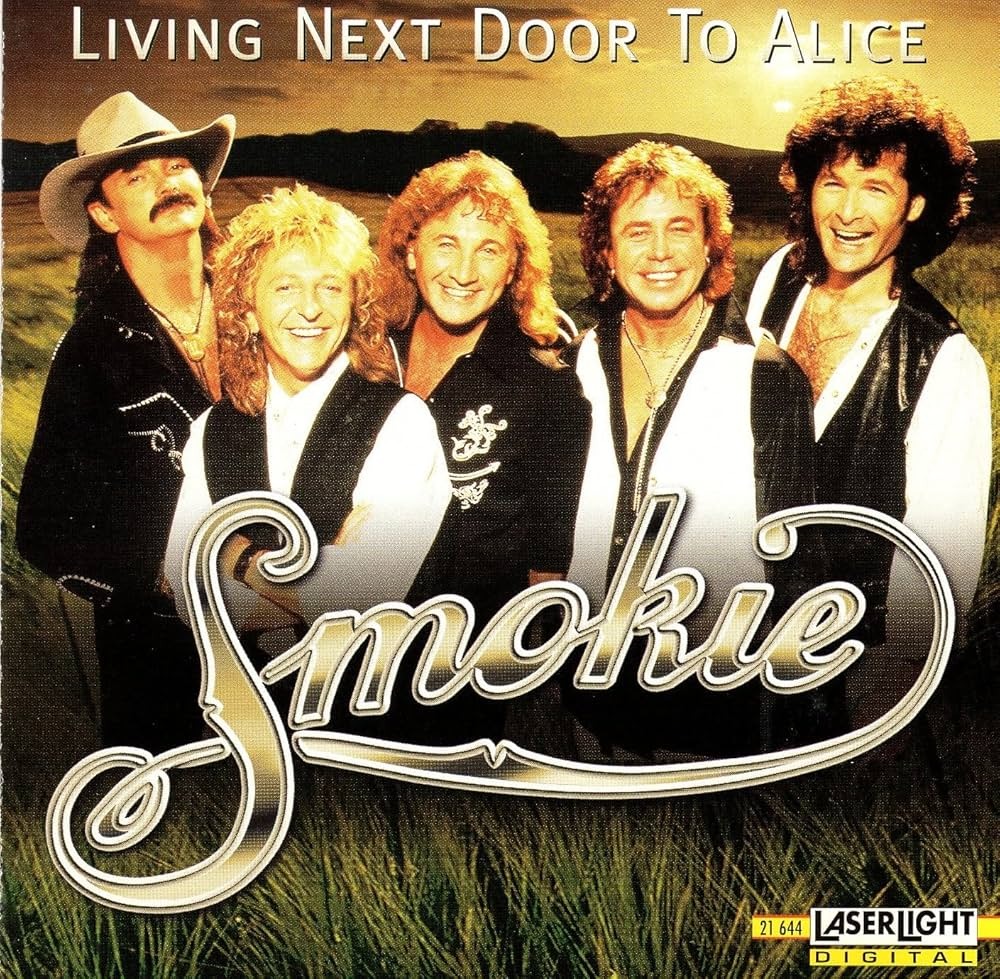
Australian band New World recorded this tale of unrequited love in 1972, but Smokie’s 1976 version became the international sensation that made everyone want to sing along. Their catchy, relatable interpretation connected with audiences who recognized the universal experience of watching someone you love slip away. The themes of longing and missed opportunities made it emotionally powerful across cultures.
22. Cocaine – Eric Clapton
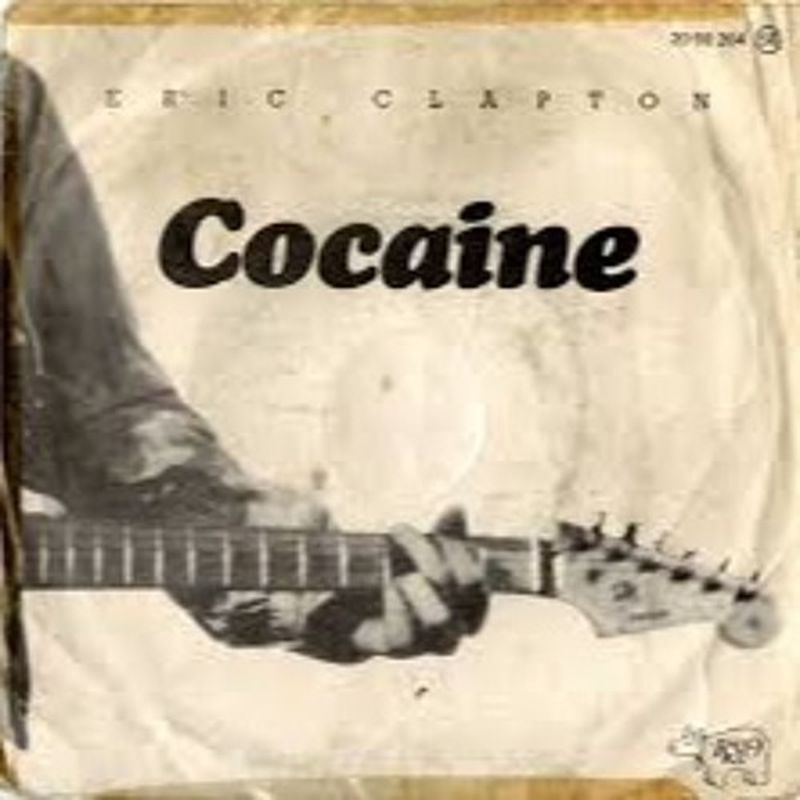
JJ Cale wrote and recorded this groove in 1976 with his trademark laid-back “Tulsa sound” – subtle, understated, and perfectly relaxed. Eric Clapton heard something different, electrifying it one year later with fiery guitar solos that turned Cale’s whisper into a roar. Clapton’s version became a rock radio staple, though it amplified the song’s controversial subject matter along with its energy.
21. Sea of Love – Cat Power

Phil Phillips charted with this romantic ballad in 1959, creating a classic that defined early rock and roll romance. Cat Power’s later interpretation took a completely different approach – sparse, haunting, and stripped-down to its emotional essence. Her version emphasized the song’s melancholic undercurrents, transforming a love song into something more complex and emotionally ambiguous.
20. Ring of Fire – Johnny Cash

June Carter Cash and Merle Kilgore wrote this country classic, first performed by Anita Carter in 1962. Johnny Cash’s 1963 version became his signature song, defining his image and propelling him to legendary status. The song held deep personal meaning for Johnny and June, and his passionate delivery made their private emotions into public art that still resonates. Johnny Cash’s “Ring of Fire” is a perfect example of a legendary hit hiding its origins. If you’re curious for more, here are 25 famous songs you never knew were covers.
19. I Feel for You – Chaka Khan

Prince wrote and recorded this track in 1979, but Chaka Khan’s 1984 version transformed it into a dance floor masterpiece that launched her to superstardom. Khan’s distinctive vocal power and the song’s innovative production created something entirely new from Prince’s original blueprint. Her version proved that great songs can transcend their creators when interpreted by artists with equal musical vision.
18. You Are So Beautiful – Joe Cocker
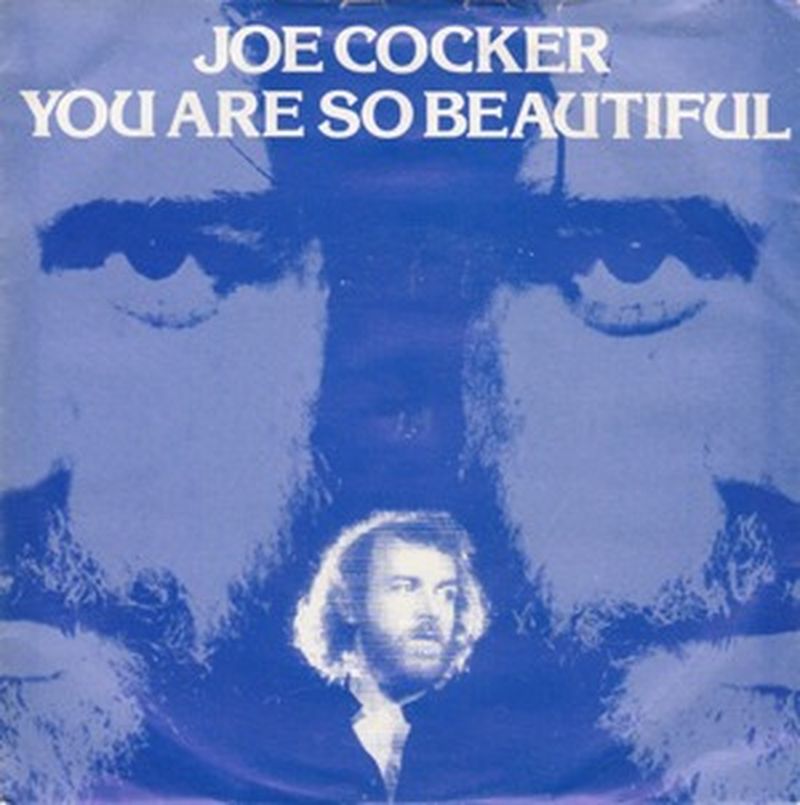
Billy Preston wrote and originally performed this love song with gospel-tinged soulfulness, but Joe Cocker’s raspy, vulnerable interpretation became the version that touches hearts worldwide. Cocker’s passionate delivery brought emotional intensity that transformed Preston’s beautiful composition into something transcendent. The song’s message reaches across artists and eras because genuine emotion never goes out of style.
17. Tell It to My Heart – Taylor Dayne
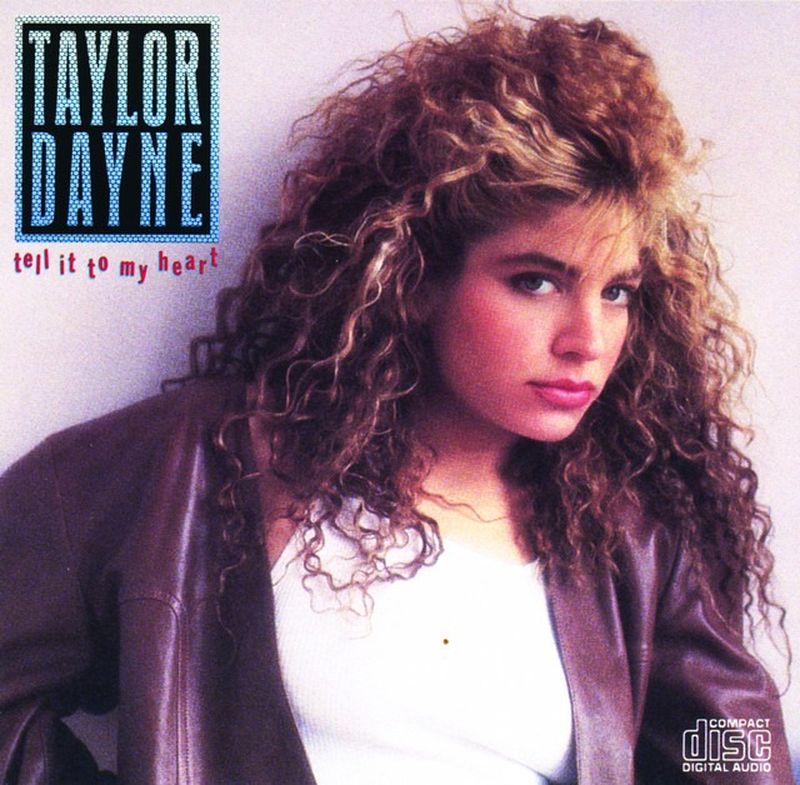
Louisa Florio recorded this dance-pop gem first in 1987, but Taylor Dayne’s version later that year became the massive hit everyone remembers. Dayne’s powerhouse vocals and the song’s irresistible dance-pop production created radio gold that defined late-80s club culture. The timing was perfect – Dayne had the voice, the production was flawless, and audiences were ready for exactly this sound.
16. Rockin’ All Over the World – Status Quo
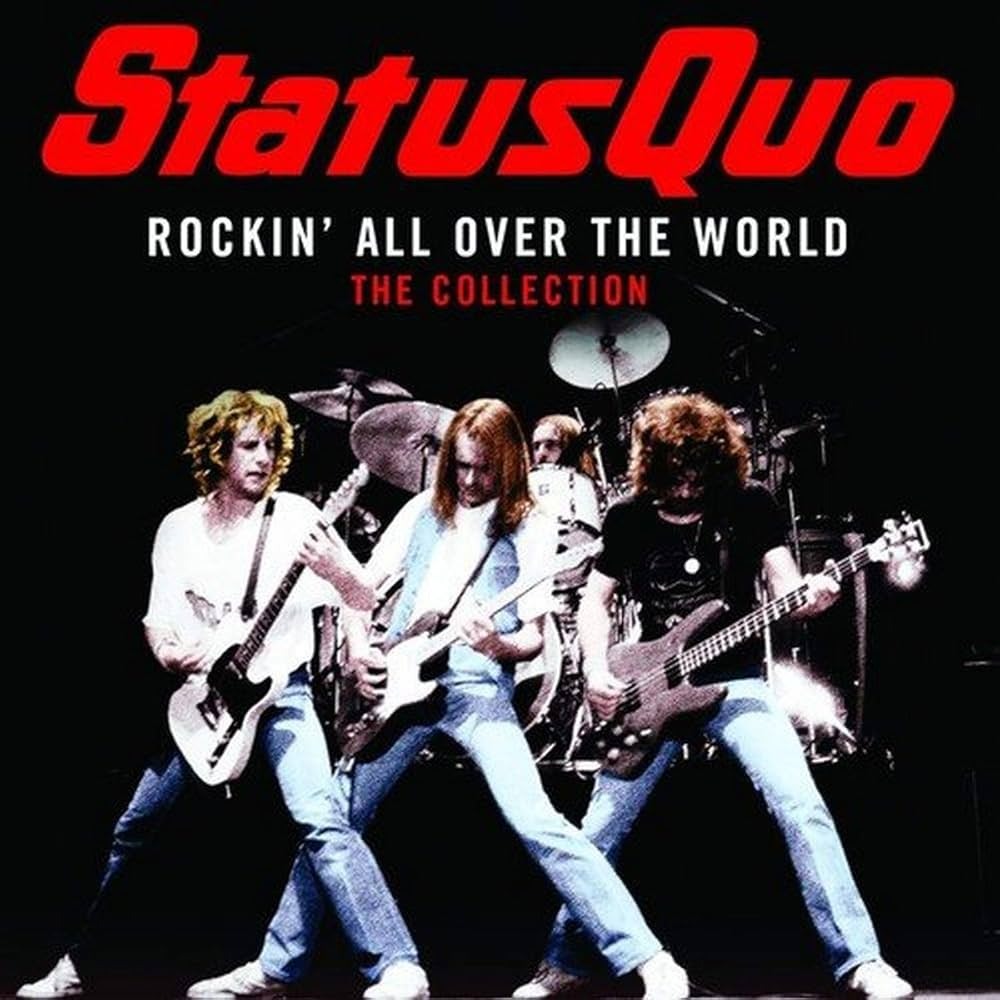
Unlike smaller arrangements, John Fogerty initially penned “Rockin’ All Over the World” in 1975. He included it on his solo album. Status Quo transformed it into a rock anthem in 1977, just two years later. Their version eclipsed Fogerty’s original in popularity and defined their career.
15. Lollipop – The Chordettes
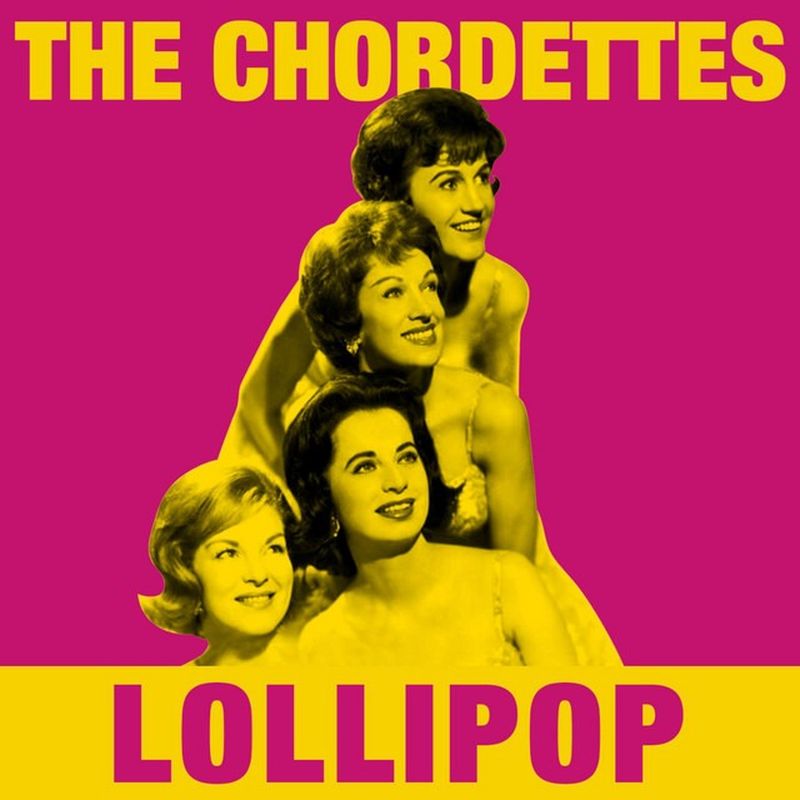
Ronald & Ruby cut this catchy number first, but The Chordettes transformed it into a 1958 pop sensation with their distinctive doo-wop harmonies. Their version’s “pop” sound effect became instantly memorable, turning a regional hit into a cultural touchstone that still makes people smile decades later. Beverly Ross co-wrote this earworm, but The Chordettes made it immortal.
14. Blueberry Hill – Fats Domino
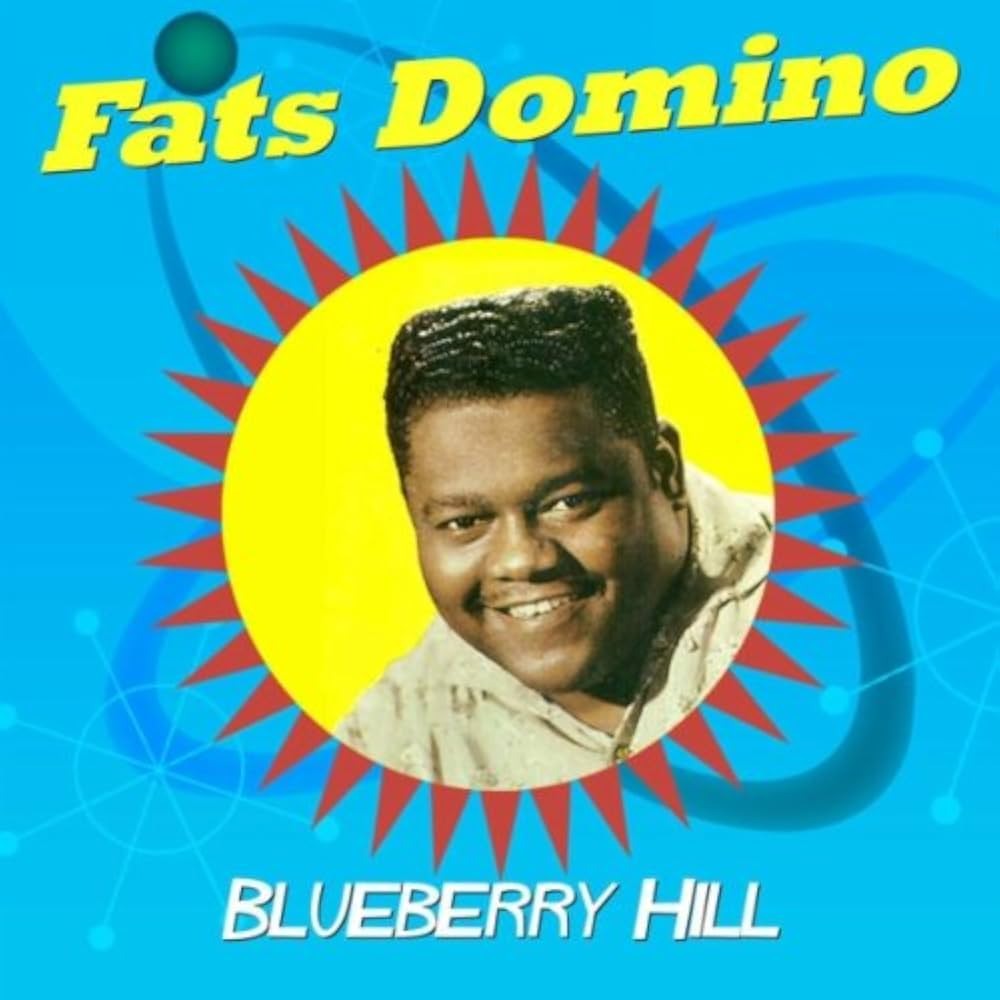
Gene Autry sang this country-western tune in 1941, but Fats Domino’s 1956 version transformed it into a rock and roll cornerstone. Domino infused it with his signature New Orleans piano style, creating a crossover hit that helped define early rock music. The transformation from country to rock demonstrates how the same melody can work across completely different genres with the right musical approach.
13. Lilac Wine – Jeff Buckley
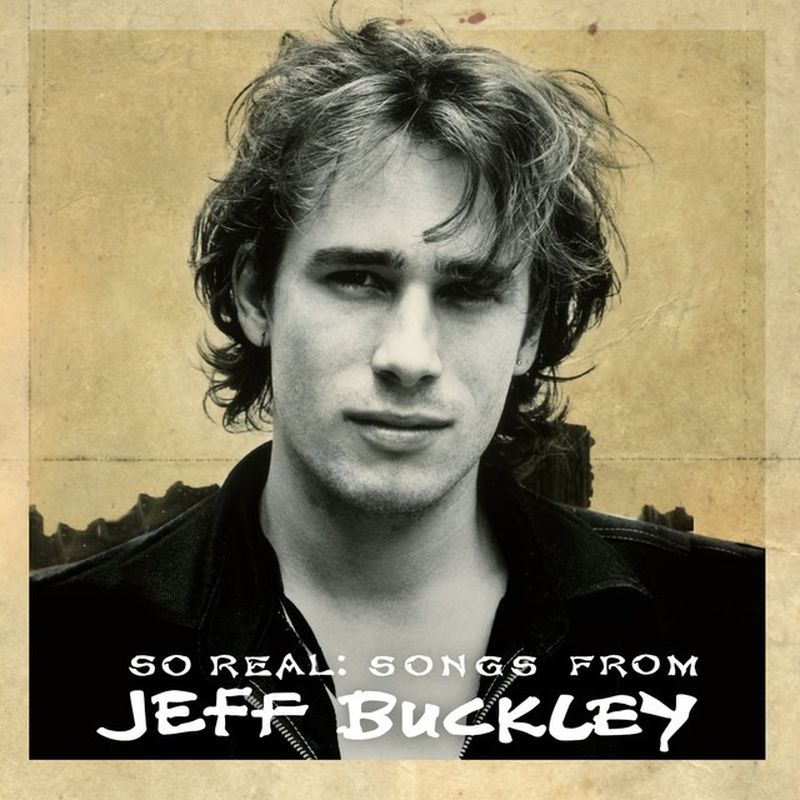
Eartha Kitt originated this jazz ballad, but it’s been transformed by countless artists across genres. Nina Simone delivered a bluesy interpretation, while Elkie Brooks brought pop sensibility to the haunting melody. Jeff Buckley’s alternative rock version became the most heart-wrenching of all, stripping away jazz sophistication to reveal raw emotional vulnerability that still gives listeners chills.
12. I Think We’re Alone Now – Tiffany
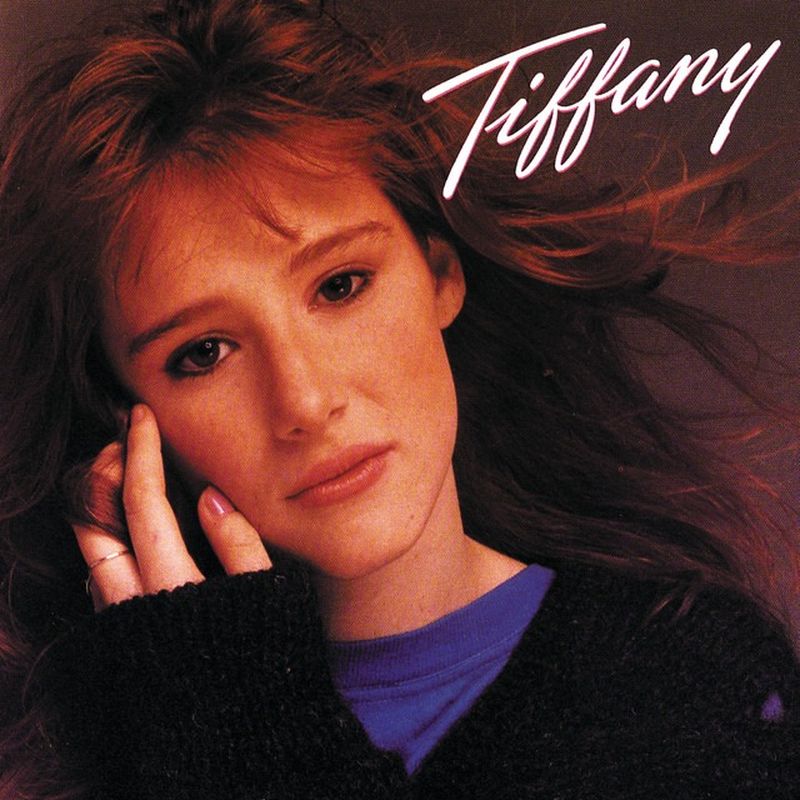
Tommy James and the Shondells created this 1967 hit, but Tiffany’s 1987 mall-tour version became the Billboard number one that defined 80s teen pop culture. Her version captured that decade’s synth-heavy production style while maintaining the song’s innocent energy. The transformation from 60s garage rock to 80s pop perfection shows how covers can bridge generational gaps.
11. In the Army Now – Status Quo

Five years before Status Quo made this an anti-war anthem, Dutch duo Bolland & Bolland crafted it as a synth-heavy meditation on military service. Status Quo’s 1986 version stripped away the electronic sheen and replaced it with their signature three-chord assault, transforming commentary into protest. The result was a global chart success that still resonates whenever conflicts dominate headlines.
10. Love Is All Around – Wet Wet Wet
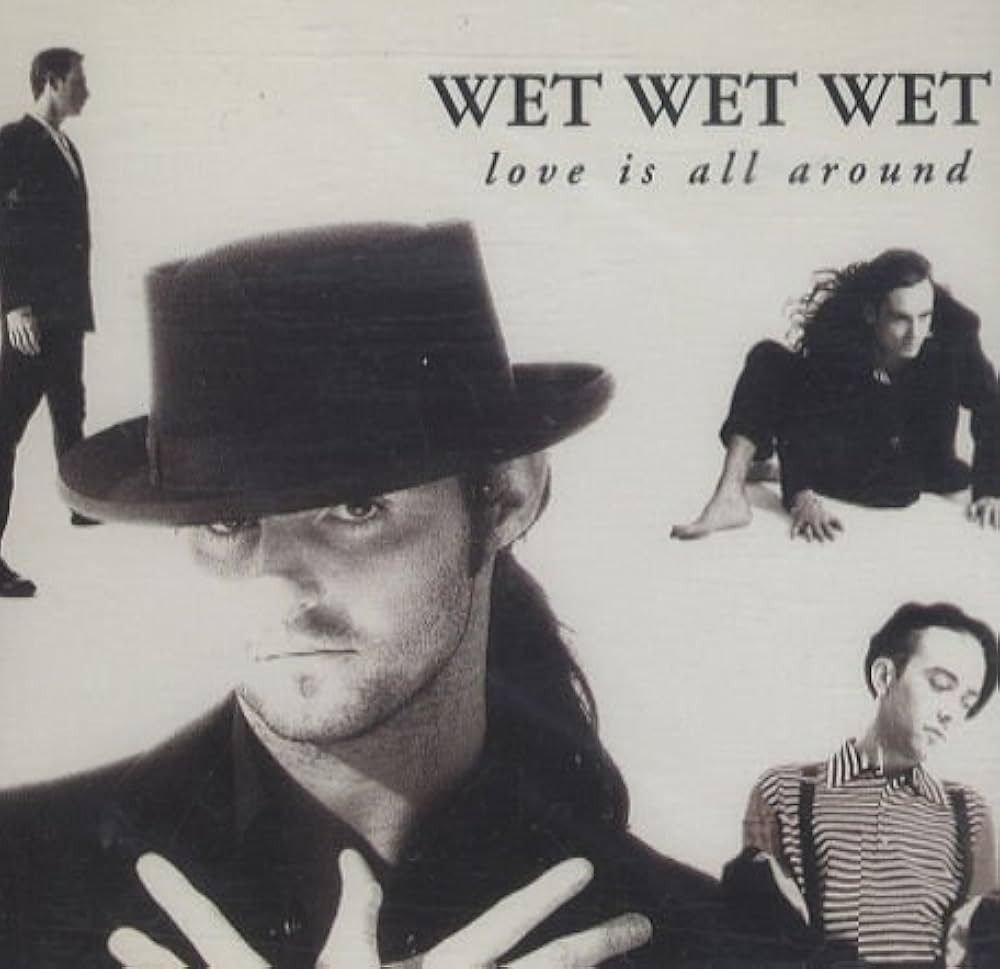
The Troggs’ 1967 original was raw garage rock energy, but Wet Wet Wet’s 1994 for “Four Weddings and a Funeral” softened every edge until it became pure romantic sentiment. The film’s success catapulted their version to UK number one, proving that perfect soundtrack placement can completely recontextualize a song’s meaning and impact.
9. Where Do You Go to (My Lovely) – No Mercy
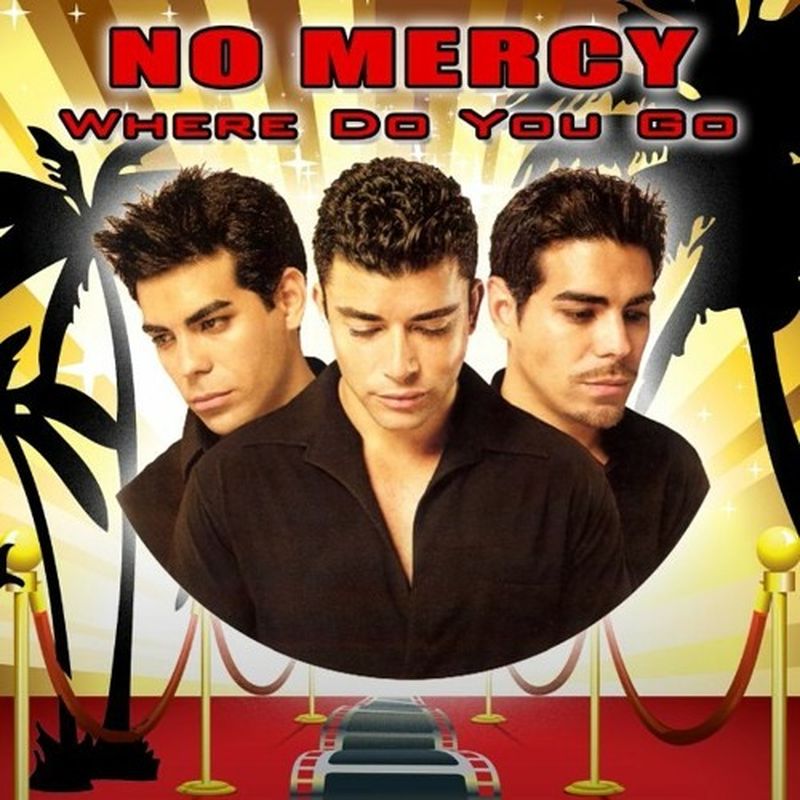
German band Labouch first recorded this track in German, but No Mercy’s 1996 English version became a global Eurodance hit that dominated international charts. The transformation from German pop to Eurodance anthem shows how songs can cross language barriers when paired with irresistible beats. No Mercy’s version made the track accessible to worldwide audiences while maintaining its infectious energy.
8. I Only Have Eyes for You – The Flamingos
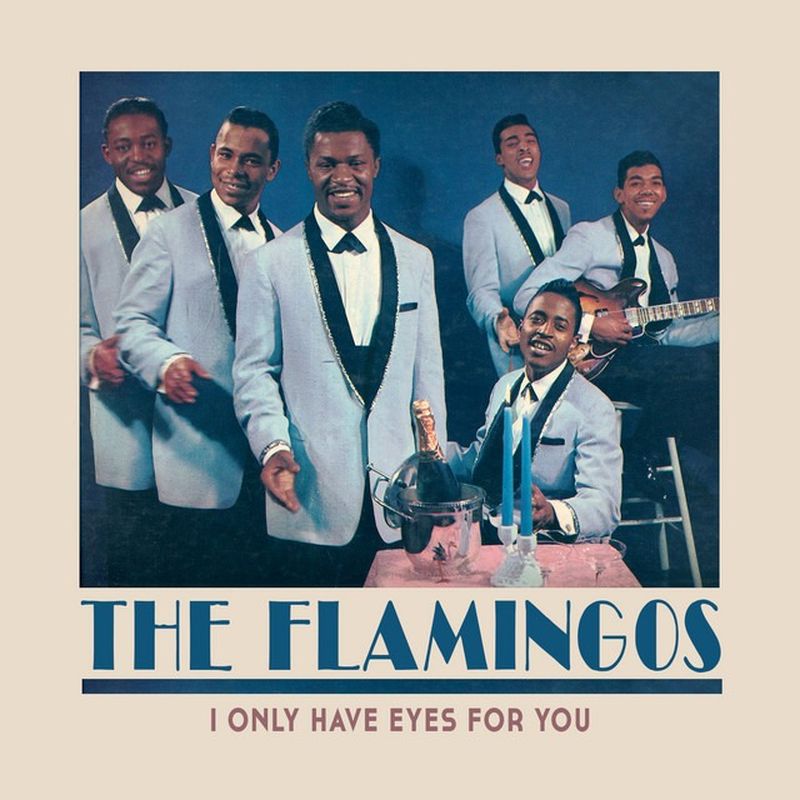
Dick Powell performed this romantic standard in the 1934 film “Dames,” but The Flamingos’ 1950s doo-wop version became the interpretation that defined the song for generations. Their signature harmonies transformed a movie tune into a street corner serenade that captured the essence of 1950s romance. The evolution spans decades, but the themes of unwavering devotion remain timelessly appealing.
7. After Midnight – Eric Clapton
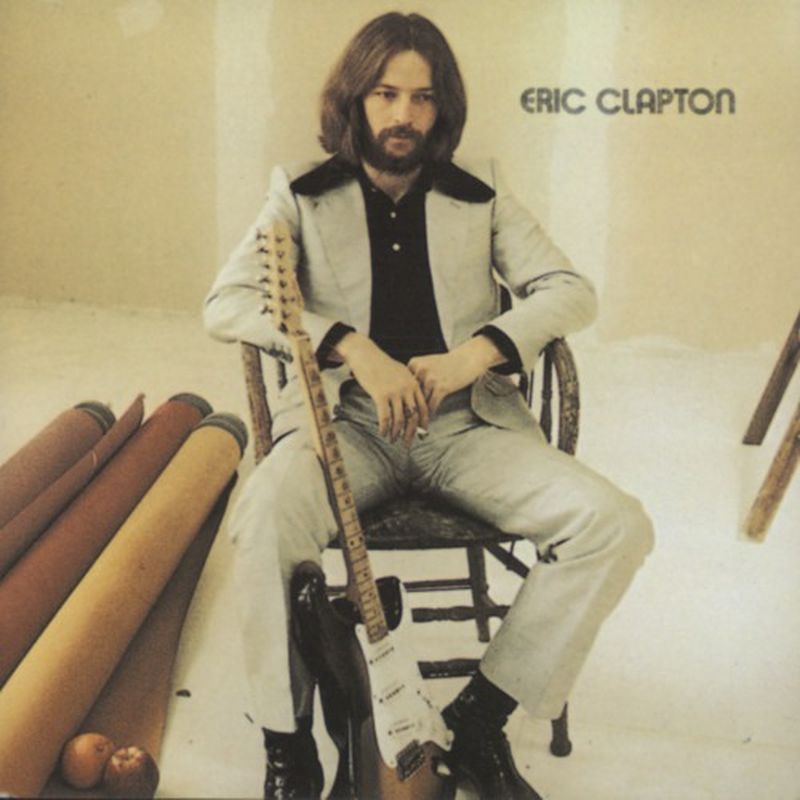
Another JJ Cale original that found its audience through Eric Clapton’s interpretation. Clapton’s 1970 cover was punchier and more aggressive, helping define his early solo career while introducing the world to Cale’s unique songwriting style. The success created a beautiful musical symbiosis – Clapton got a signature song, and Cale finally got the recognition his talents deserved.
6. Sunny – Bobby Hebb

While Miko Hirota recorded an early Japanese version, Bobby Hebb’s English interpretation brought “Sunny” to global fame with its infectious melody that lifts spirits across cultures. The song’s bright, optimistic energy translated perfectly into multiple languages and musical styles, making it a worldwide standard that captures pure joy in musical form.
5. Don’t Let Me Be Misunderstood – The Animals
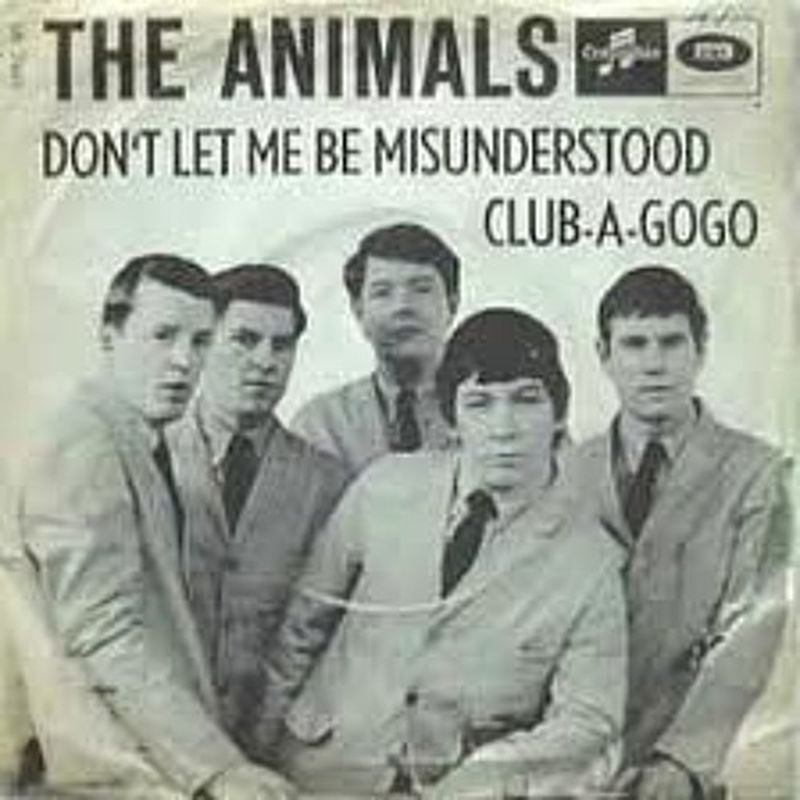
Nina Simone’s haunting 1964 ballad became The Animals’ electric anthem one year later. Simone’s version was bluesy introspection with haunting piano; The Animals cranked up the tempo and voltage until it became pure rock energy. Both versions explore human vulnerability, but through completely different sonic lenses that reveal different aspects of the same emotional truth.
4. Pearl’s a Singer – Elkie Brooks

Dino and Sello recorded the original version of this Jerry Leiber and Mike Stoller composition, but their version went virtually unnoticed. Elkie Brooks’ 1977 interpretation became a UK hit through her passionate, authentic delivery that connected with audiences in ways the original never achieved. Her emotional investment transformed an overlooked song into a memorable chart success.
3. I Love Rock and Roll – Joan Jett
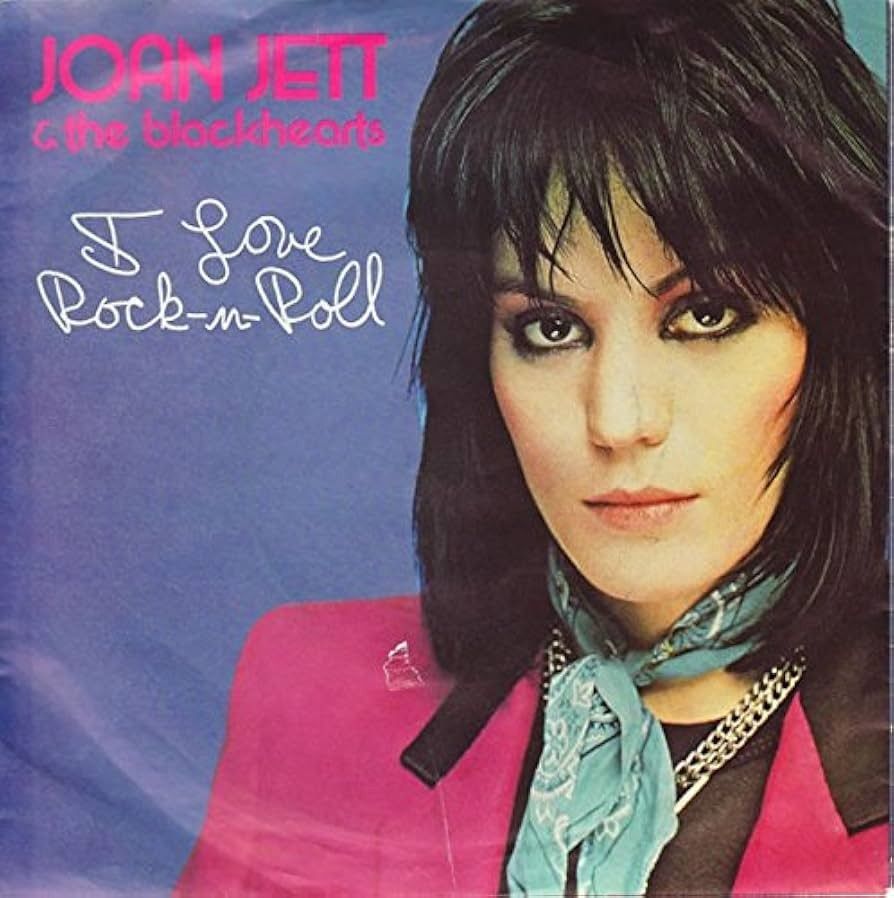
British band The Arrows recorded this anthem in 1975, but their version never gained traction. Joan Jett discovered it and transformed it into her 1981 signature song, creating one of rock’s most recognizable anthems. Her version didn’t just cover the original – it became the definitive statement of rock and roll attitude that continues inspiring new generations of musicians.
2. Lady Marmalade – Labelle
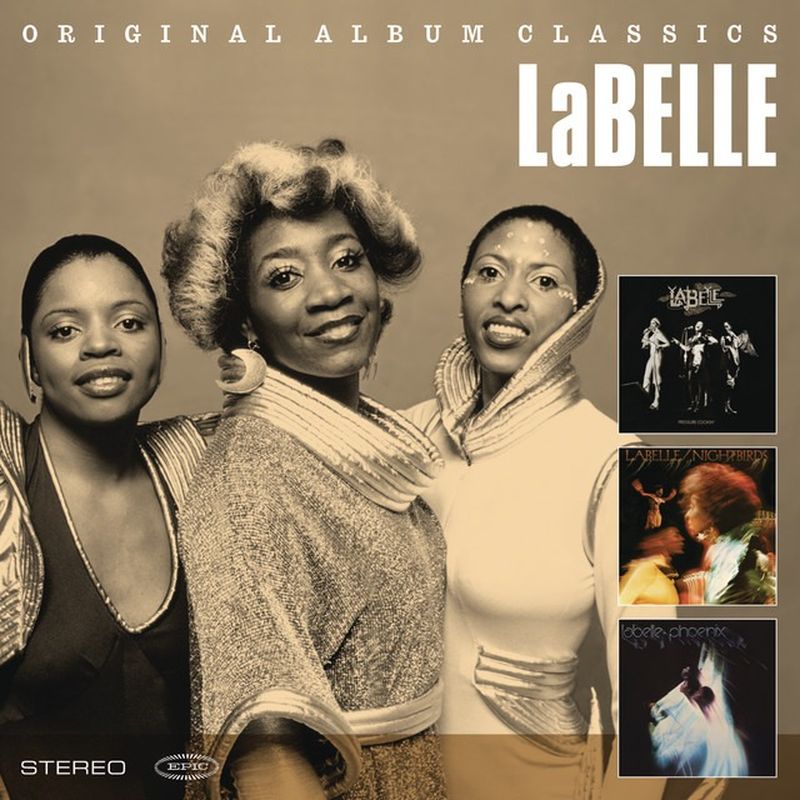
Kenny Nolan and Bob Crewe wrote this sultry anthem, and The Eleventh Hour recorded it first in 1974. But Labelle’s version that same year transformed it into a glam-rock masterpiece that crossed genres and generations. Their “Voulez-vous coucher avec moi” became a cultural phenomenon, later inspiring the 2001 supergroup version with Christina Aguilera, Lil’ Kim, Mýa, and Pink.
1. The Best – Tina Turner
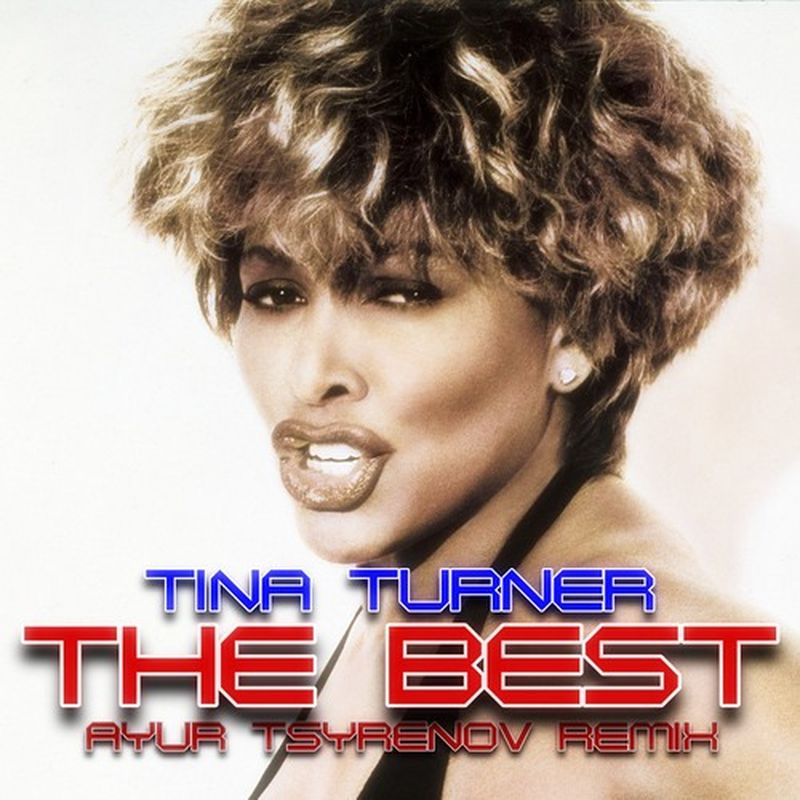
Bonnie Tyler recorded this empowerment anthem in 1988, but Tina Turner’s 1989 version transformed it into a statement of female strength that transcends generations. Turner’s passionate intensity and emotional power created the perfect vehicle for the song’s inspirational message. Her version became the soundtrack for countless moments of personal triumph and collective celebration. For even more surprises, check out songs you had no idea are actually covers.




